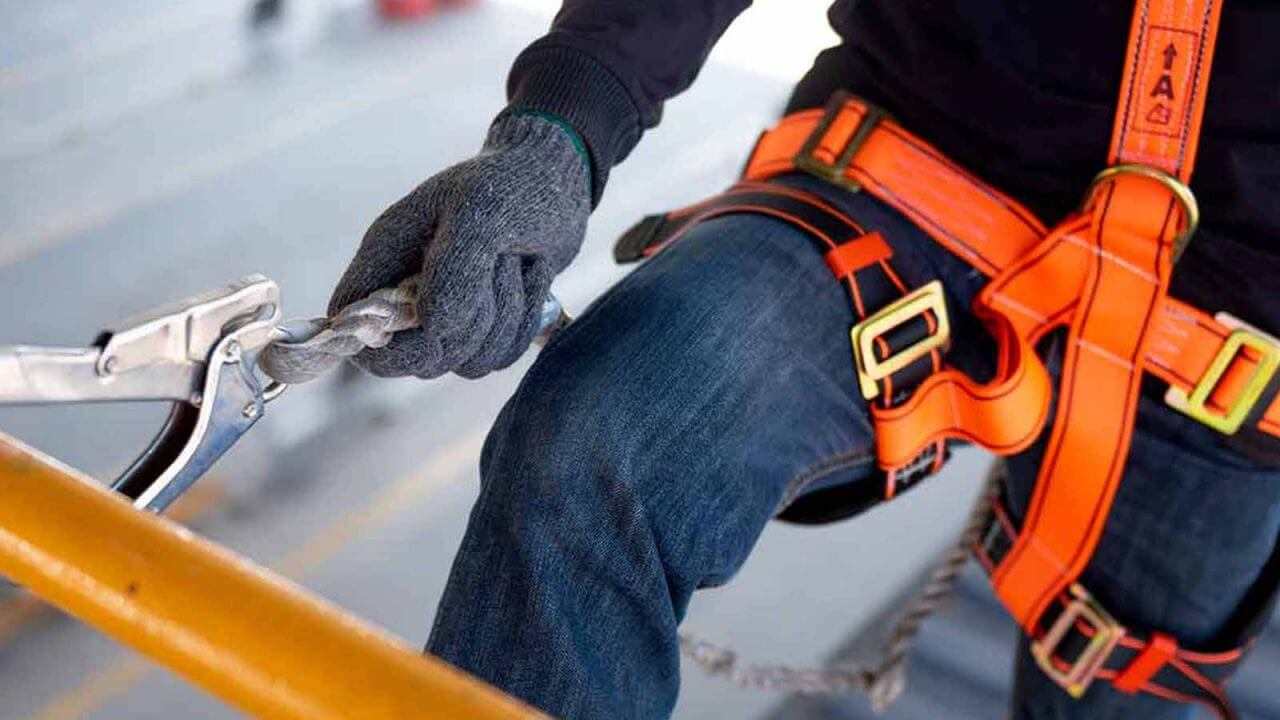As the construction industry grows, companies will hire even more people to work on their sites. Many new hires could have little or no experience working in construction. These workers may have a greater risk of incurring an injury because they do not know the common hazards and safety protocols.
Falls are already one of the most common ways people sustain wounds on construction sites. To protect every worker, it is vital that you implement a fall prevention plan.
When is Fall Protection Needed?
Fall protection should be a priority on every construction site. Workers in this industry encounter several different kinds of hazards.
Your crew members may work near open trenches as you first begin the job. Falling into one of these could leave a worker with serious injuries. Additionally, you need to consider fall prevention when people work near machinery. Some equipment features open gears that could cause harm.
4 Methods of Fall Protection
There are several different ways you can protect your crew on the job. Some methods involve fall prevention equipment that your workers can wear whenever they have to work above the ground. Additionally, there are different kinds of technologies that can increase the safety of your workplace.
Another crucial aspect of construction safety is ensuring that each worker knows what to do if there is a fall. You should emphasize training and communication on all job sites.
Fall Arrest
One of the best ways to prevent falls is to ensure that your workers use a fall arrest system. This system consists of the following three components:
- Harness: A full-body harness is usually the most appropriate for a construction site. This device should be able to hold up to 310 lbs. You may need to invest in several different kinds so that your workers will be safe performing diverse tasks.
- Anchor points: This equipment connects the harness to a stable surface. Anchor points should be able to hold 5,000 lbs so they can bear the weight of a free-falling worker. These are most secure when a qualified professional manufactures and installs them.
- Lanyards: This component clips onto both the harness and the anchor point. Manufacturers design them to catch workers in different ways. Some keep people in place after a fall, while others prevent free-fall
Positioning
Your safety equipment should also include a positioning system. This system will not stop a fall by itself, so your workers should wear harnesses as well. However, this system gives your crew the freedom to use both hands as they sit back in the harness.
Suspension
This system supports workers when they need to work at heights for long periods of time. It lowers them down gradually and allows them to use both hands as they work. You should make sure that your crewmembers use a fall arrest system at the same time.
Retrieval
Fall prevention equipment can catch your crew members if they lose their footing. However, you also need a plan to rescue people after a fall. Your company should teach workers how to get someone to safety.
Types of Equipment to Prevent Accidents
Most construction companies use fall arrest systems to keep their workers safe. These systems are often the first line of defense, as they can keep crewmembers from entering free-fall if they lose their footing.
However, you may want to add other equipment to make your site even safer. While some falls may happen because a worker slipped, others could be the result of working conditions. Crewmembers could become lax about safety protocols, especially if they will not be elevated for very long.
Different technologies can ensure that every member of your crew prioritizes safety. You could invest in cameras to monitor your job sites. You can set these up at one end of your site or mount them on equipment for an aerial view.
One of the benefits of using a camera is that it provides a time-lapse video so you can review the footage each day. This allows you to see what happens on your construction site and determine which parts of your fall prevention plan are effective.
Additionally, you can use cameras to understand which situations may pose a greater risk to your workers. This allows you to provide specialized equipment so you can prevent falls.
Many cameras are designed to be easy to use. Some kinds only require one person to set them up and can be ready to go in as little as 20 minutes.
Additionally, some connect to a cloud-based platform so you always have access to the videos.
Conclusion
Whenever your crewmembers work above the ground, there is always a chance that people will lose their balance and fall. You should implement a fall prevention plan before someone sustains a serious injury.
A fall arrest system is a proven way to protect your workers. However, adding technology can increase their safety. Maintaining a safe work environment is the best way to prevent falls. Cameras could help you implement any necessary changes.
FAQ
At what height is fall protection required in construction?
Many companies may think they do not need to consider construction fall prevention if their employees do not regularly work at great heights. However, the Occupational Safety and Health Administration requires employers to use safety equipment if their workers will be at least 6 feet above the ground. A fall from this height may not be fatal but it can leave crewmembers with serious injuries.
You may need to use safety equipment at lower heights as well. If one of your employees has to work above machinery, this person needs a fall arrest system regardless of the height.
What is the most common form of fall protection?
Most employers use a variety of systems to prevent falls. Guard rails are one of the most common because they are easy to install and provide a physical barrier between workers and the edge of a platform.
However, even a guardrail may not prevent every fall. Fall arrest systems are also a popular form of construction fall prevention because they can catch a worker in mid-air. Some companies may also use safety nets for increased security.





